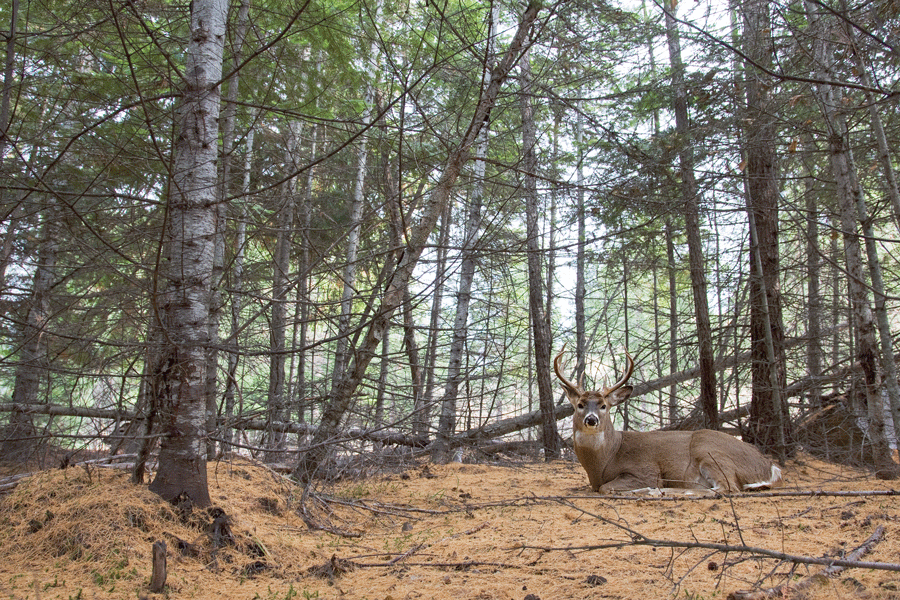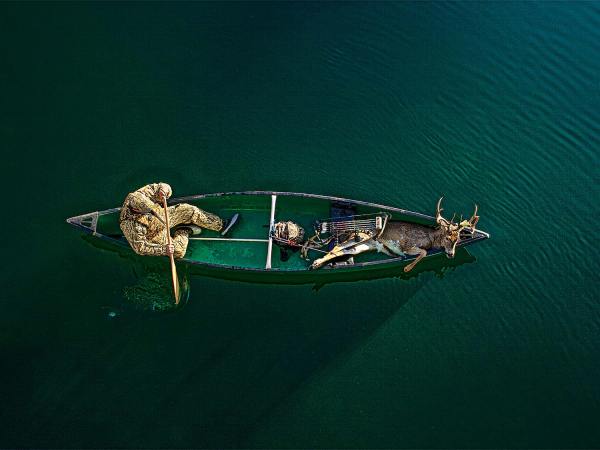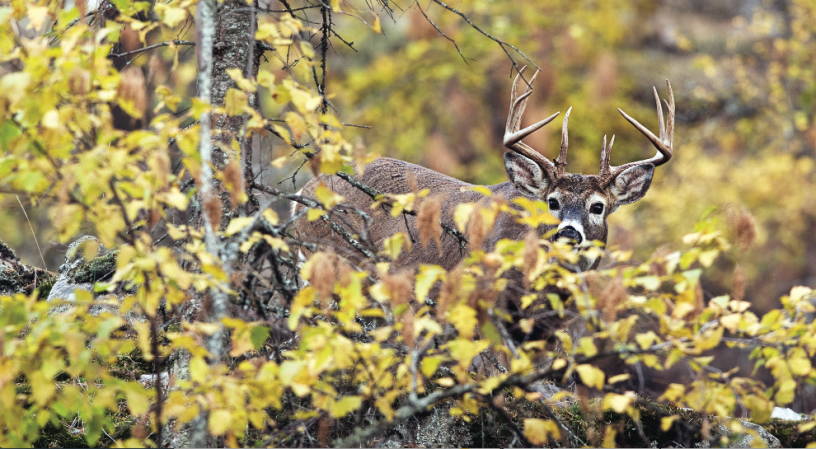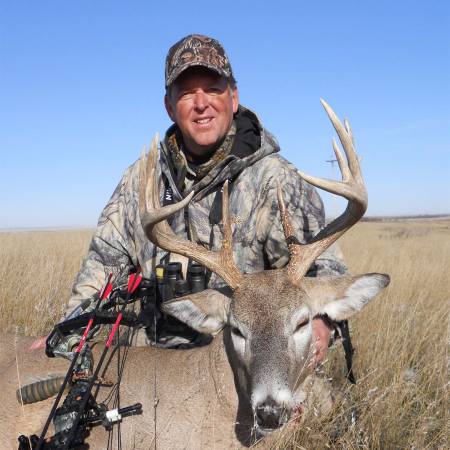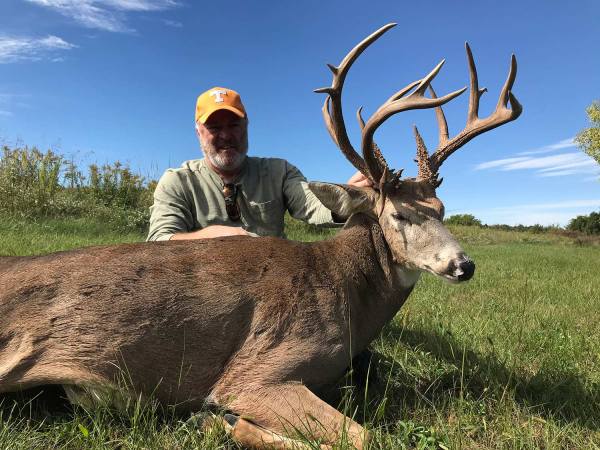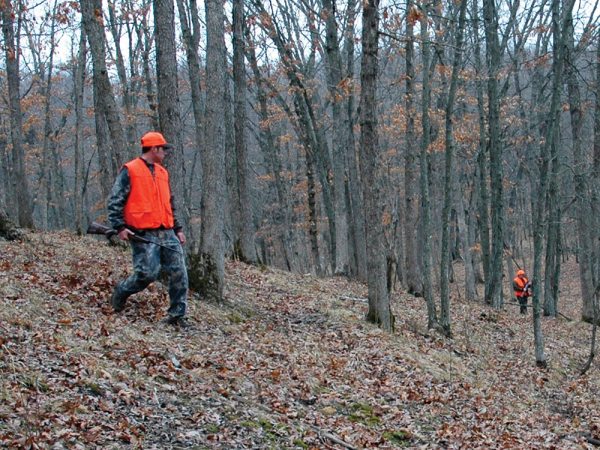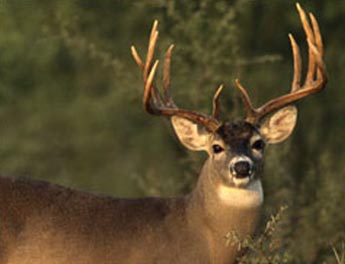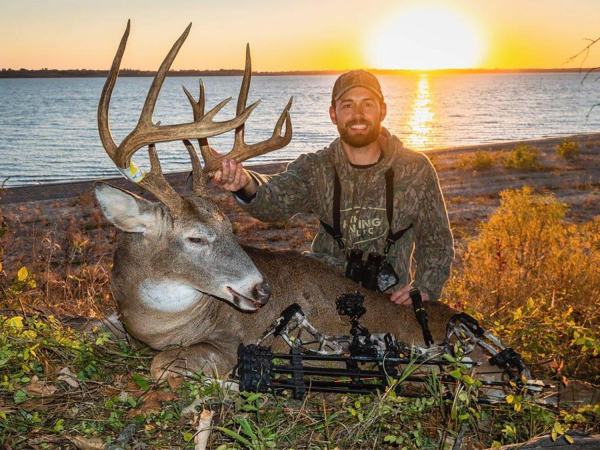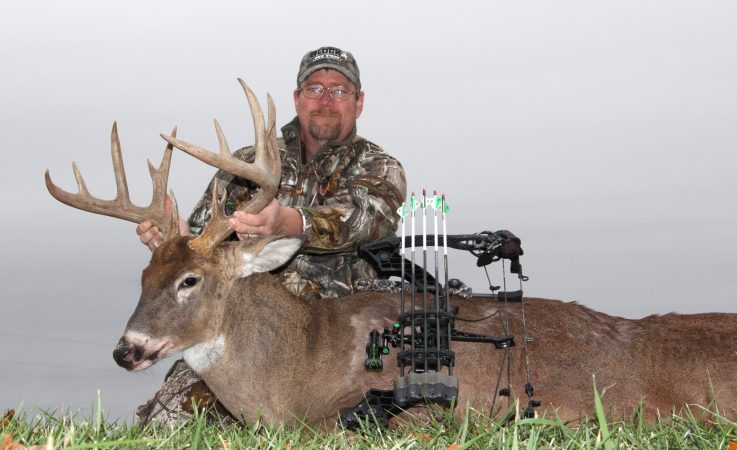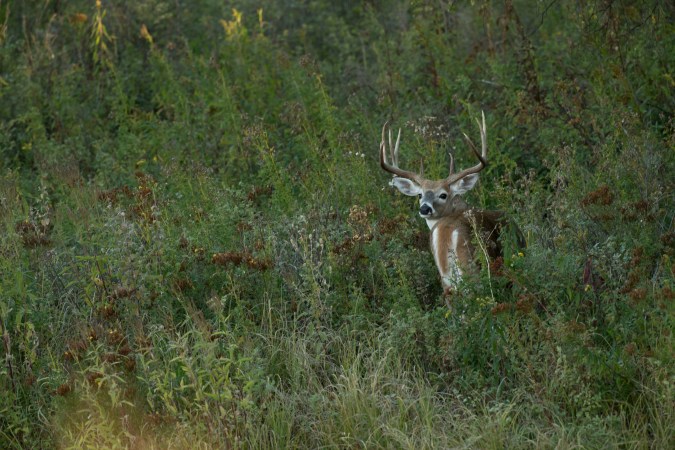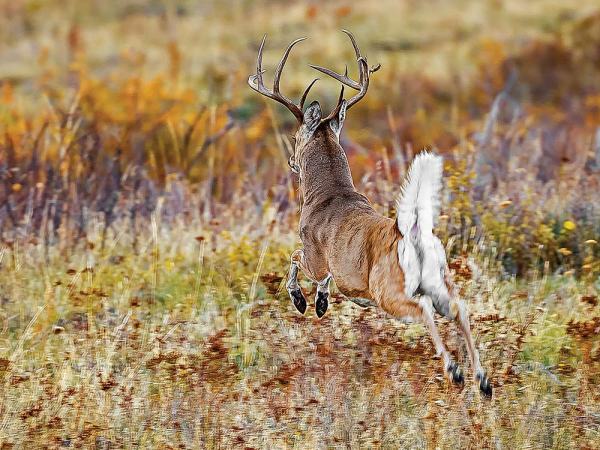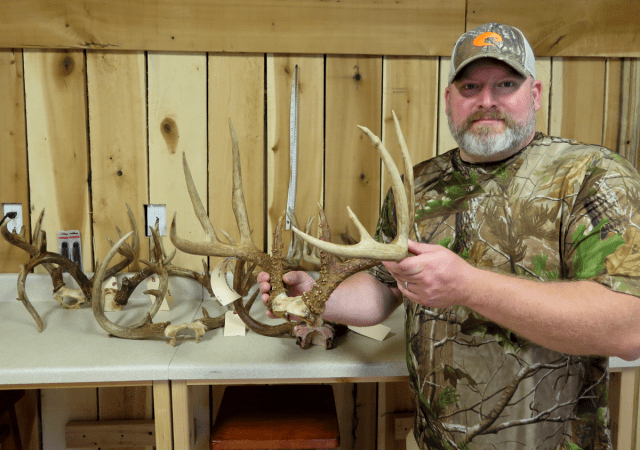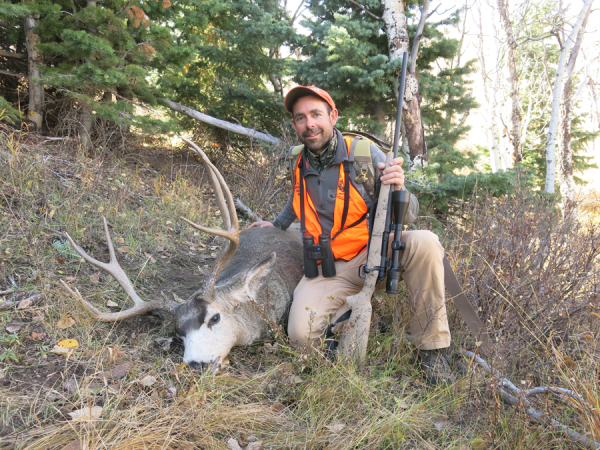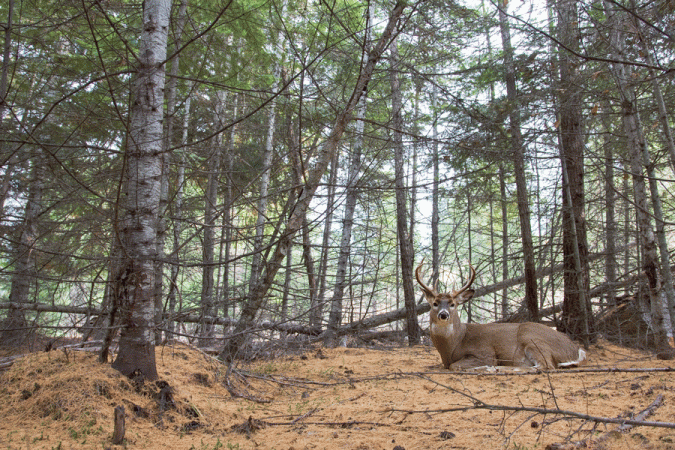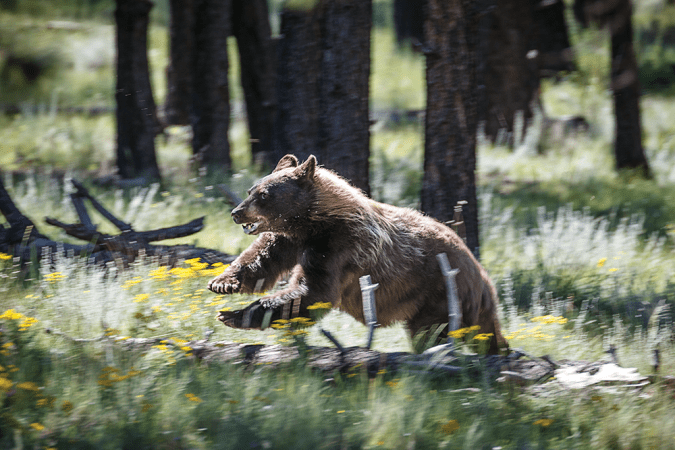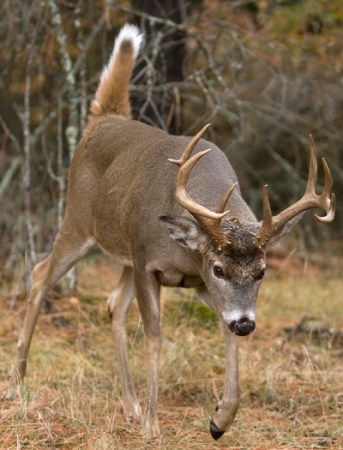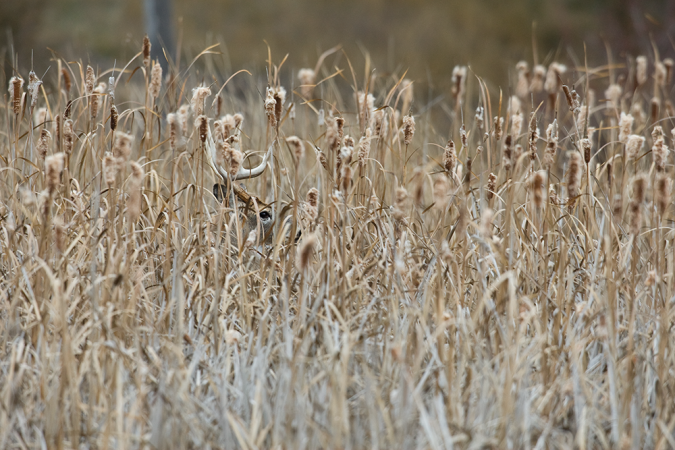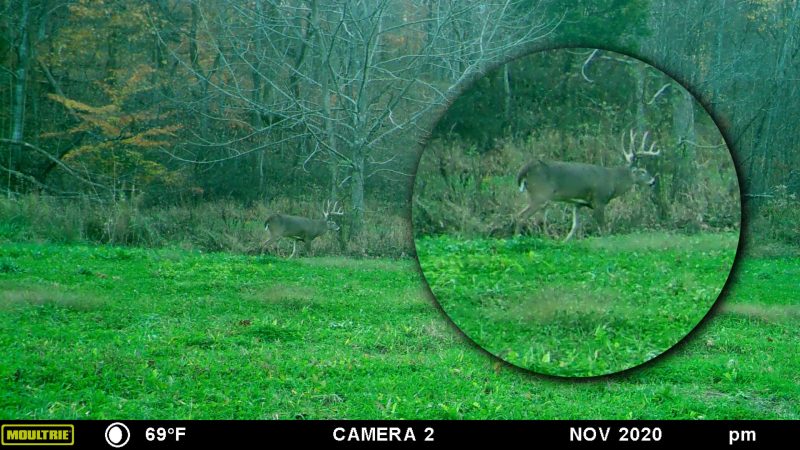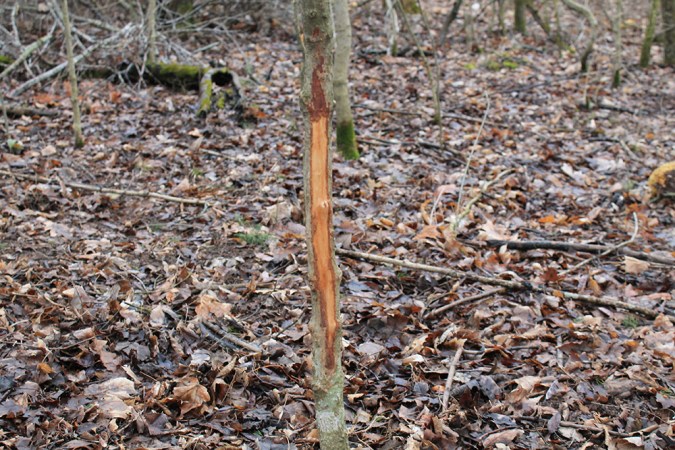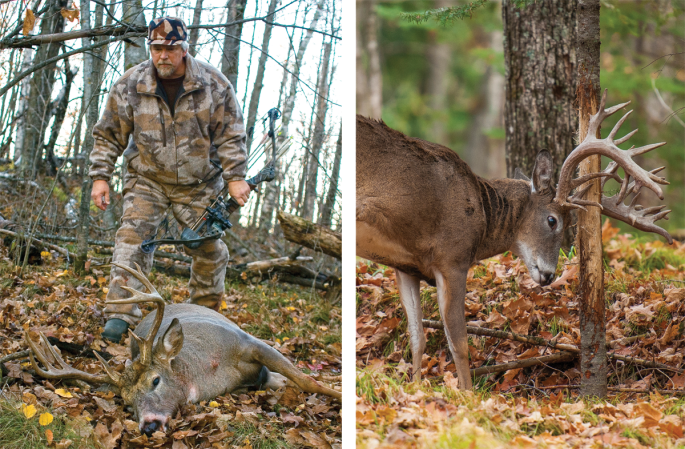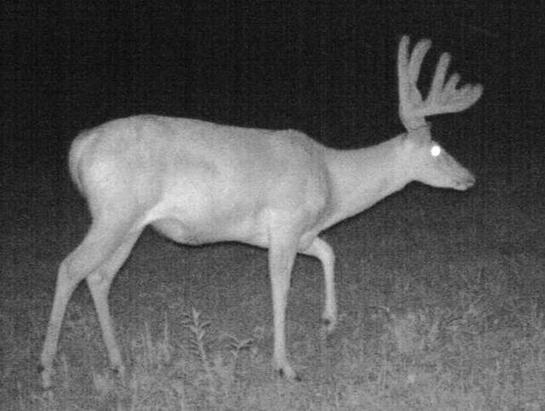The food-plot craze has revolutionized deer hunting. But what if you don’t have the land, equipment, or cash to plant a plot? Iowa deer expert Jim Ward has an alternative: Build a deer bedroom. All deer, from young fawns to mature bucks, seek cover where they can rest and escape predators, says Ward. If you build a bed in the right spot, a buck will find it and call it home.
Pick a Buck Spot
“When scouting a property, look for a piece of high ground—the end of a point or the end of a ridge—where a buck can bed, see everything around him, and have an escape route out the back door. Bucks always look for a bedding area that provides several escape routes,” says Ward. “Does are going to bed near food, and bucks choose a bedding site for security.
“Building a buck bed requires a little elbow grease, but not much else besides a chainsaw and some garden tools,” says Ward. “Once I find a likely looking piece of high ground, I try to hinge-cut a few trees around the spot where I want the bed to be. After I cut the trees, I get them situated so the buck has a backdrop of freshly cut trees. Hinge-cut trees provide both cover and food. Because they are only partially cut through, they can live for several years and continue to produce leaves. The leaves give the buck something to eat that he doesn’t have to work too hard to get.”
Make It Homey
Next, with a rake and shovel, remove debris from beneath the freshly cut trees.
“Deer are like people,” says Ward. “They don’t want to lie down on a bed of rocks and roots or on top of sticks. Nor will they use an area that doesn’t drain well. They prefer a soft bed where they can get comfortable, so that is what I give them. I work hard at leveling out the soil and making sure all the sticks and rocks are removed.”
After the bed is built, cut and clear paths to and from the bedding area so that the buck has a couple of navigable escape routes. Building these paths not only gives the buck entry and egress, but also provides the hunter with a head start on figuring out
a buck’s travel pattern.
“If I know where a buck is bedding and the route he’s taking to get there, I will know where to hang my stand—it’s that simple,” says Ward.
Provide Options
In order to provide bucks with choices, Ward often creates two or three bedding areas within a targeted piece of cover.
“A buck doesn’t want to sit in the same place all the time,” he says. “Sometimes he will want to face one direction so the sun is to his back and he’s in the shadows. At other times he might want to face a certain direction so he can keep the wind in his face. Most of the time, the beds I build for a buck are all within a 50-yard radius of each other.”
Even if you can’t afford or have the necessary acreage for a food plot, you can provide for a buck’s other need—a secure place to bed. And that’s an area that can pay off season after season.
